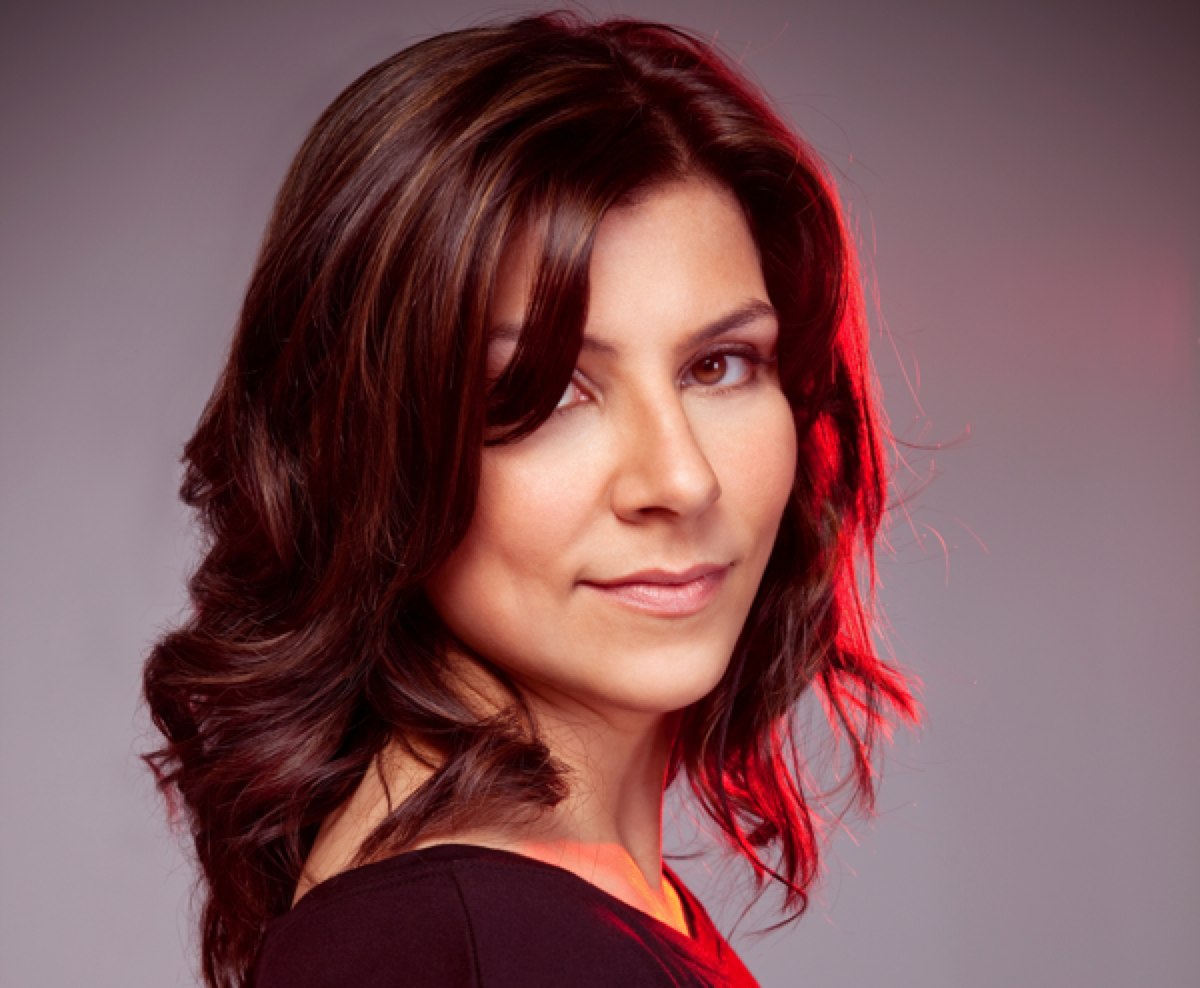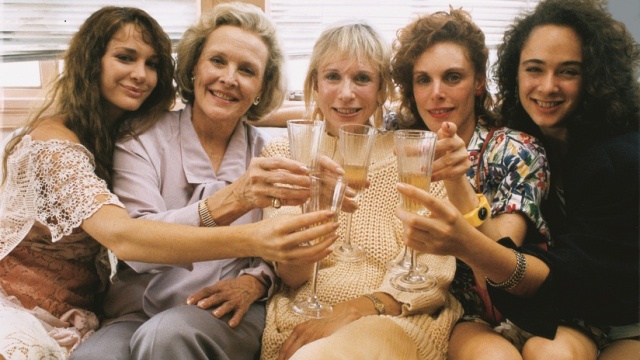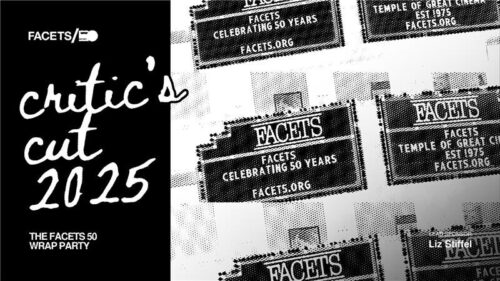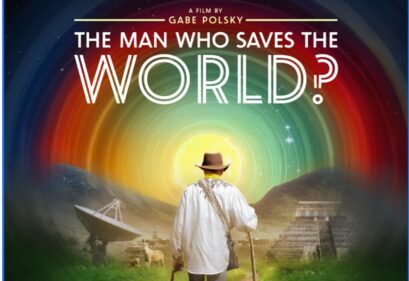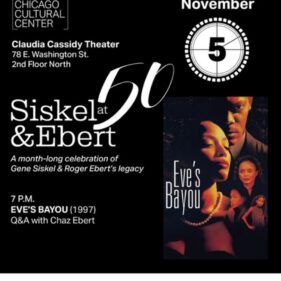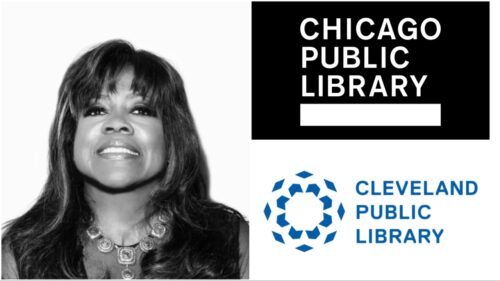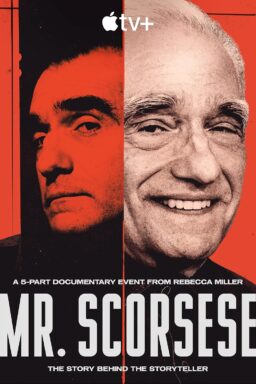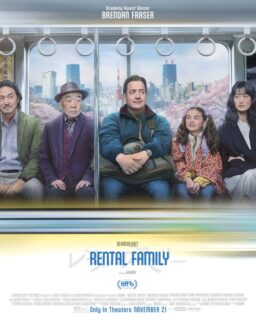HBO’s “Sex and the City” marked the moment we began to acknowledge that women spare no graphic detail when they’re allowed to speak to one another without the burden of men’s eyes, ears, and interruptions. But those of us who were paying attention in the early ’90s might have seen the show as the logical conclusion to a decade that popularized the conversational format with programs like “Seinfeld.”
At the time, I was an adolescent with a budding interest in movies. Since this also means I had a lot of questions about sex, relationships, my body, and my future career, I savored the chatty chick flicks that came out during this period. They reflected what my girlfriends and I sounded like when we got together because the talk seemed so real. Consequently, these films also articulated some of the answers I needed.
Henry Jaglom’s “Eating” is a favorite I love to return to, and my first of this kind. It centers around a birthday party for three women. Martine, one of the guests, is filming a documentary about women’s relationship with food, and interviews all the ladies in attendance. Meanwhile, a talent agent’s daughter can’t stop binging on cake, and a woman realizes her husband has been having an affair.
There are two types of conversation in “Eating”: the one guests have with Martine’s camera and the one they have with each other. We drop in on several disconnected discussions that vary in tenor. Some are light and comedic; others are heavy and melancholy. We’re never eavesdropping on these chats for too long. Sometimes we get to hear the punchline; sometimes we check in later when they’ve either changed the subject or expanded on it. Every insight is equally fascinating.
“Eating” was probably the first time I heard women talk about food as if it were a person. And as a person, food never lets you down, it rewards you, it loves you, it reminds you of home. Eating disorders are taboo even if everybody has one and they all talk about it. In one scene, a piece of birthday cake gets passed around the room and refused by each woman before making its way back to the front of the line. Another guest brings her own macrobiotic chow to the party because everything else is full of sugar; later, she’s caught purging in the bathroom.
Despite its sometimes serious subject, “Eating” is a breeze. It’s not supposed to be teachable, even if there’s a lot to glean from these women’s weirdo relationship with food. You’re meant to enjoy spending time at the party with these wonderful, difficult people.
I also liked hanging out with the seven women of Linda Yellen’s “Chantilly Lace.” The story revolves around three weekends at a cabin in the Rockies. There’s a lot of sex talk (yay!), but there are curveballs, like when the nun reveals she has intercourse with, uh, God. There’s a tense coming-out when Elizabeth reveals that her guest Anne is actually her girlfriend. And there’s a complicated dynamic between two of the friends (one of the women married another’s ex-husband).
The friends in “Chantilly Lace” have a particularly memorable chat about penis shapes, with Anne asking if the women have ever seen one that looks like a ship’s prow. When they wonder just how that might look, Anne says the word over and over, making a motion with her hands that somewhat matches the sound. Prow … prrrroooow …

When Forest Whitaker’s “Waiting to Exhale” came along two years later, it followed a similar vein. It wasn’t conversational in exactly the same way, but it featured several scenes where the characters confided in one another, and when they weren’t with their friends, the film zeroed in on their inner dialogues.
If I’m putting all three movies in the same category, it’s because like “Chantilly Lace” and “Eating,” “Waiting to Exhale” is deeply interested in knowing just what women think and feel.
It wants to understand why Robin and Savannah make the wrong choices about men, and what it’ll take for them to emancipate themselves from these burdensome fools. It wants to see Bernadine heal from the wounds of a painful divorce and become the woman she put on pause because of her thankless marriage. It hopes Gloria will set her son free and gift herself some of the romance she definitely deserves. But what it really wants is to see these women getting together and working their shit out verbally!
The leitmotif of all three movies isn’t so much the chatting as it is the notion that women joining forces is a unique experience that warrants closer observation. It’s not surprising that two of the films were directed by men: they have the most to win by sitting back and listening to women be themselves.
What’s most encouraging is that this chatty tradition evolved beyond “Sex and the City” with shows like “Girls” and “Insecure.” Each is invested in a type of realism that willingly puts complex friendships on display. The women are fierce, intelligent people who make colossal mistakes that are sometimes tough to recover from. But they get through it by talking it out with their besties. I mean, is there another way?
